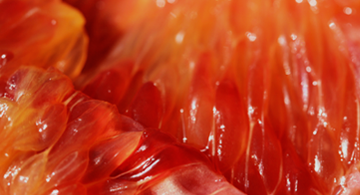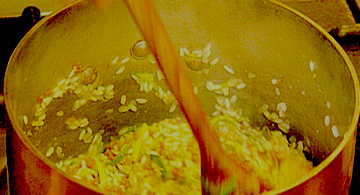
Costmary is a perennial herb of many names. It is called the Herb of San Pietro, Herb of Santa Maria, Sweet Tongue for its leaves are long and shaped like a tongue, Balsam Herb, Costmarie, and Herbe Sainte-Marie. Often referred to as Sweet Mary, it is dedicated to the Virgin Mary or Mary Magdalene. According to legend, it was costmary that Mary Magdalene used to wash the feet of Jesus. It was a very popular herb grown in monastery gardens, and in the late 16th-century, found in many UK gardens. Loving the sun, it is widely cultivated today, growing easily in most climates.
Traditions: Costmary has a long tradition in making beverages. Known as Alecost, it was used to clear, preserve, and flavor beer and ales before hops. Also called Bible Leaf, the leaves were dried and used as bookmarks in a Bible. When the sermon grew long and tedious, the parishioner could hold the Bible up close to the nose, perk up, and enjoy its pleasant aroma. Costmary is insecticidal because it contains pyrethrin I. Dry the large leaves and use them as insect-repellents.
Applications: It is a fine herb with wide range of attributes, ingested for giving vigor and relieving melancholy, and improving digestion. Often recommended for assisting women with menstrual cycle problems, it is associated with the Virgin Mary. With its mild astringency, boil it and add its essence to make tea or lemonade.
Since Costmary retains its sweet, delicate mint aroma after drying, gather and use it in closets. Combine it with lavender for this use. Also use it in rinse water for hand-washing delicate clothing and linens, skin, and hair. It adds such a lovely note to homemade potpourri.
Culinary Uses: Costmary has many applications in cooking. Soups, stews, salads, seafood, fruit, and desserts blend well with this mild minty herb. It is featured as a main ingredient in Piedmont for making Frittata con l’ erba San Pietro; an equal amount of costmary is combined with an equal amount of other fresh herbs to make a delicious herb omelet. In Mantua, Lombardy, it flavors polenta, called Polenta all’ erba Amara. Its delicate nature enhances many vegetables including carrots, green string beans, and peas, prepared in a simple manner. Costmary can replace mint in iced drinks and substitutes for fresh sage leaves.
* This synopsis imparts valuable information that could be beneficial as part of a wellness program. Its purpose is to open the thought process to consider including herbs and spices as natural supplements in personal regimens. Briefly stating how the plant was valued and used historically in different ages and cultures, it lists some current uses. If interested in this particular plant, please extend your research via books and articles for more details and uses.
With increasing interest for including alternative therapies with standard drug therapy, research continues, so this topic evolves continuously. Please consult your wholistic and holistic practitioners, homeopaths, nutritionists, dentists, and physicians to keep yourself updated if you choose to incorporate or ingest the plant in any form for medical purposes.







